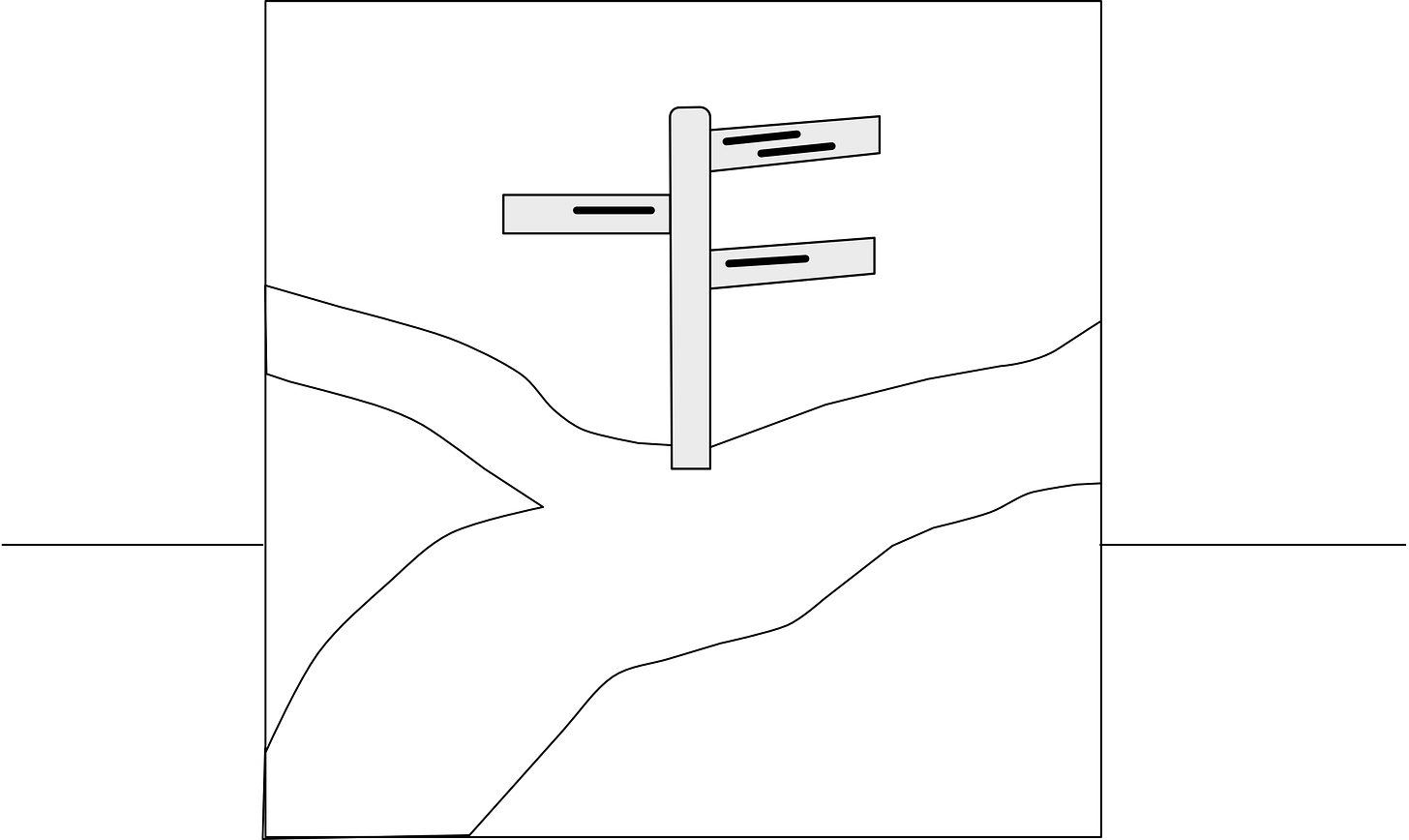The reader, whether reading a novel or academic paper, likes to be taken by the hand while reading. You as the writer can do this by writing signposts into the text. An example of those are section headings. But today I like to show you another way to do this.
You most likely have come across them, articles of which the results section feels like a summing up of just the results. There is no clue why they matter. They are a pain to read because the reader does all the heavy lifting of stringing individual experiments together. Figuring out what was done why.
There are two ways you can help the reader with this. The first is including a sentence of why you did the experiment. It can look something like this:
“To find out if x was the cause of y we did z.”
You most likely then proceed with showing how you did z before you spill the beans of what z showed.
The second signpost you can use is a sentence that sums up the paragraph or section. It often looks like this:
“In summary z shows that x did/did not cause y and that q….”
You can then use the outcome of this summary sentence as a starting point about why you did your next experiment. Something like this:
“To find out if q is true, we did r”
This gives your readers two clear signposts that tell you why you did something, what the important result/message was that you got out of it, and gets you to the experiment you discuss next. This in turn helps the reader understand why you did the experiments you did to prove or disprove your hypothesis.
The other important thing here is to keep to one message per paragraph. So, in the example from before you first have a paragraph detailing how you did the experiment. This is then followed by one or more, if it is a complex experiment, paragraphs showing the results. In that last instance you might even have a separate paragraph summarising those results.
Now I talked today mainly about the results section of your article. But this one message per paragraph concept and having a kind of summary of that message as a signpost also works for your introduction and discussion sections.
Structuring your text this way helps the reader understand where you are coming from and where you are heading. That in turn not only helps the reader with reading your paper faster, but also with better understanding whatever concept you are trying to convey.
Prompt
For today’s prompt or exercise I like you to look up your latest results. Once you have those in front of you, I like you to answering the following three questions:
1) Why did you do the experiment?
2) What are your main results? These are the results that you want to highlight in the summary sentence.
3) Now describe all the results in detail, what exactly did you observe for the control and for the treatment(s).
As always post any questions in the comments
Happy writing


